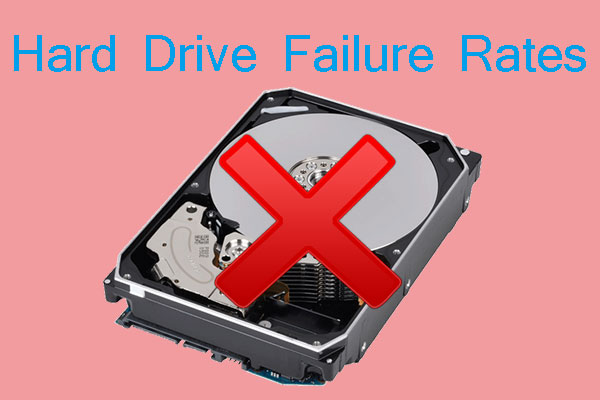

- #Backblaze released first drive stats report Offline
- #Backblaze released first drive stats report windows
Backblazeīackblaze conducted an analysis on their drives in 2016 which also showed some interesting results. From skimming a few other papers, this is also something that I don’t always see being addressed/re-addressed, which is disappointing. This is incredibly important as correlating SMART attributes to failure means little if the correlation simply doesn’t matter for a significant percentage of drives. … failure prediction models based on SMART parameters alone are likely to be severely limited in their prediction accuracy, given that a large fraction of our failed drives have shown no SMART error signals whatsoever. … even when we add all remaining SMART parameters (except temperature) we still find that over 36% of all failed drives had zero counts on all variables. In other words, models based only on those signals can never predict more than half of the failed drives.
#Backblaze released first drive stats report Offline
Out of all failed drives, over 56% of them have no count in any of the four strong SMART signals, namely scan errors, reallocation count, offline reallocation, and probational count.

The study also found using SMART parameters to predict failure was severely limited, as a large number of failed drives shown no SMART errors whatsoever: Other attributes were looked at but results were not always consistent across models and manufacturers. when a positive value for 187 is observed for the first time), drives are 39 times more likely to fail within 60 days than drives with no such errors. It’s also worth noting that any change in SMART 187 was seen to be highly predictive of failure:

SMART 197: Current Pending Sector Count.SMART 187: Reported Uncorrectable Errors.SMART attributes correlated to hard drive failure GoogleĪ Google study from 2007, “ Failure Trends in a Large Disk Drive Population“, lists 4 SMART attributes that are highly correlated with failure, these are: Ideally, I could have a system where a drive could be replaced before a failure resulting in data loss.

Recently, motivated by re-using an old motherboard and CPU for a NAS server, making use of a batch of old hard disks I had accumulated, and maximizing the storage capacity of the box, I decided to take another look at SMART and its efficacy in predicting drive failures.
#Backblaze released first drive stats report windows
There are a bunch of Windows apps to check the SMART attributes and I vaguely recall having something installed to check for out-of-range values but regularly monitoring/checking wasn’t something I took seriously just having a backup was typically good enough and I could deal with a drive failure if/when it happened. SMART is something I’ve been aware of for a while, but it never seemed to really matter all that much for my consumer desktop needs. Despite the lack of standardization around the attribute values, SMART still provides some value and offers a significant degree of observability into the state and behavior of the disk. Unfortunately, there’s no standardization around which attributes are implemented, the range for raw values, what raw values actually represent, or what the threshold is for normalized value. The attributes, associated ID number, and the range for normalized values (1 to 253) are standardized across disks. SMART primarily consists of a set of a attributes, with the disk monitoring current and worst values for said attributes. Self-Monitoring, Analysis and Reporting Technology (S.M.A.R.T) is a monitoring system on computer hard drives and solid state drives.


 0 kommentar(er)
0 kommentar(er)
